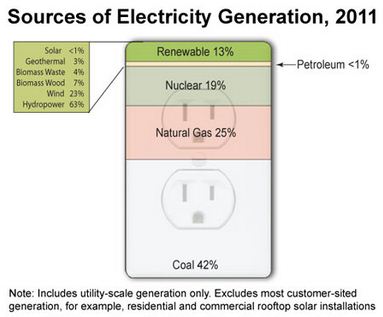U.S. Military Changes Coming
SEARCH BLOG: MILITARY
The Pentagon has been working on ways to trim its costs without gutting its capabilities. On reading the following from Military Times, it looks as if they are taking a well-balanced approach as opposed to the post-Vietnam slash and burn.
IMPACT ON THE SERVICES
Despite Panetta’s doomsday rhetoric of recent months, the budget proposal does not include any radical cuts in hardware and weapons programs that have not been widely discussed already.
Two key aspects of the budget remain largely intact: the F-35 Joint Strike Fighter program that will supply the Air Force, Navy and Marine Corps with a so-called fifth generation aircraft; and the Navy’s carrier fleet, which will remain pegged at 11 flat-tops.
The Army’s total force should be slashed by an additional 30,000 troops, down to 490,000 by 2017. That will bring the Army back to about the same level as 2001. The current force swelled to 570,000 in response to the wars in Iraq and Afghanistan, and previous plans called to reduce that to 520,000 by 2017. [image source]
The budget plan calls for the Marine Corps to fall to 182,000, down from a peak of more than 202,000 but still higher than the roughly 172,000 personnel that the Corps had in 2001.
“While the U.S. does not anticipate engaging in prolonged, large-scale stability operations — requiring a large rotational force — in the near- to mid-term, we cannot rule out that possibility,” according to a briefing prepared by the Pentagon.
To keep the force flexible and capable of ramping up if needed, the Pentagon will not significantly reduce National Guard and Reserve forces. Moreover, the Army will retain a higher percentage of mid-grade officers and senior non-commissioned officers to provide leadership if a rapid expansion of the force is required down the road.
The Air Force is likely to lose six of its 60 tactical air squadrons, bringing its total down to 54 squadrons. [image source]
The Navy will retire “low-priority cruisers that have not been upgraded with ballistic missile defense capability or that require significant maintenance, as well as combat logistics and fleet support ships.” It is unclear precisely how many ships would be affected by that move.
The Pentagon will retain its nuclear triad — the three-pronged arsenal of land-based missiles, ballistic-missile submarines and weapons delivered by Air Force bombers. However, the Navy’s next-generation ballistic submarine can be delayed “for two years without harming the survivability of our nuclear deterrent.”It would seem that the other branches of the military would do well to follow the Army's strategy in terms of senior-junior personnel if their total numbers are cut... although it is "feet on the ground" where most military expansion occurs.
Although 2001 represented a low point of military expenditures as a percentage of GDP, I would be surprised if this was not considered "the first round" by the Obama administration, but the second round will not be announced unless he wins re-election.
ADDITIONAL FROM MILITARY TIMES:
Members of Congress call DoD cuts dangerous
The $259 billion in defense cuts announced Thursday by the Defense Department drew criticism from Congress, even though these reductions are the direct result of the Budget Control Act of 2011 that...
Posted Thursday Jan 26, 2012 17:20:28 EST
Proposed reductions in defense spending would cut seven squadrons, cancel the C-27 and the Global Hawk Block 30, and retire numerous transport aircraft, according to documents obtained from sources by Air Force Times.
TOP NAVY NEWS
The U.S. fleet keeps its 11 aircraft carriers as well as its 10 air wings. About a third of the fleet of 22 cruisers — seven ships — will be decommissioned early. A number of shipbuilding...
Posted Thursday Jan 26, 2012 17:38:24 EST









